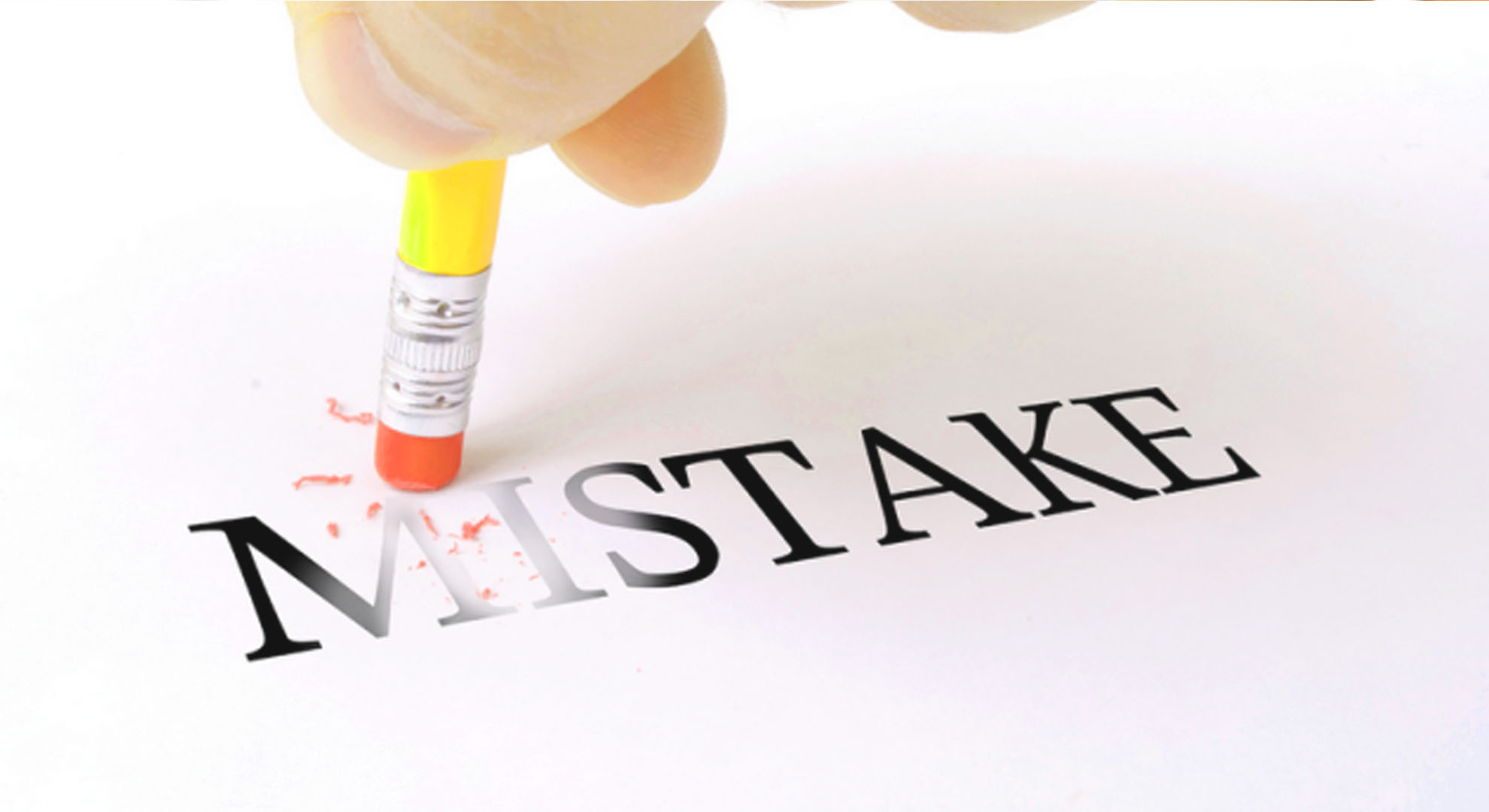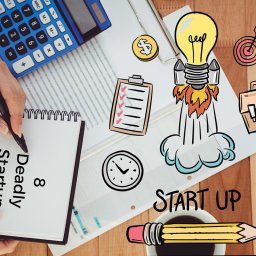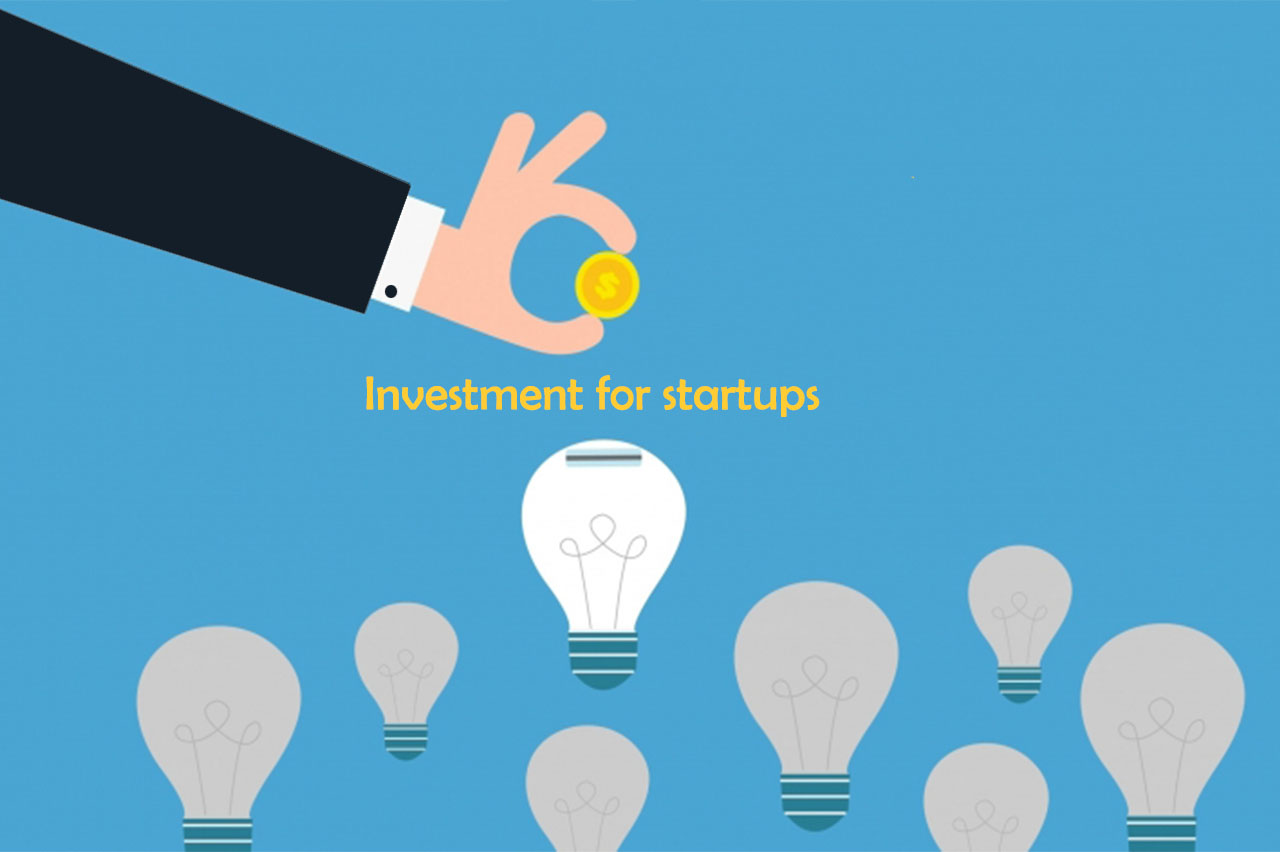Imagine yourself sitting at a café, drinking a cup of coffee with a blank mind and suddenly a business idea strikes your mind. Your mind is now evaluating the idea, from ideation to the end-solution and related formalities.
By the time you reach your home, grab your laptop, a notepad, and a pen, you are pumped up and want to execute the startup plan instantly. You are dead sure that the plan is going to work well and people would fall in love with your startup idea.
But, how sure are you that your idea will really work and it’ll be a market success when launched as a product or solution? This is the trickiest part where a large number of startups fail as they skip some important homework to do.
Our startup consultants have worked with 1000s of entrepreneurs and 250+ early stage startups, and they have discovered that many entrepreneurs make the same (and equally) expensive mistakes. They can avoid these costly mistakes if they are able to adopt a strategic design and conduct lean startup experiments.
In the following, we are listing down a 5-Step Framework to help you jump into the development/manufacturing only when you’re satisfied, and feel ‘ready’ for it.
1. Focus on the Problem First
Since you are in the ideation phase, the first step is to think of your startup from a different perspective. The majority of startups fail owing to the typical solution-focused thinking and process. This may lead you to a product with a given set of features but may not be the right fit for the market.
So, what to do to make the right product?
Think about the problem (or set of problems) that your product is set to solve. You have to be very clear about the problem (or problems) that your target market is facing and you aim at solving them.
Ask yourself some key questions like:
- Who are my target customers?
- What problems are they having? How do they rank each problem?
- How are your customers solving these problems?
- Do they have any alternative solution?
See some examples.
- My target audience are: students, under 22, fresh graduates, seeking professional advice on career
- They need career advice, don’t know what major/specialization to choose etc.
- They ask parents, teachers, friends, and visit websites to find professional advice
- The alternative is professional consultancy services but students can’t afford to hire a professional career consultant as they charge a hefty amount.
2. Seek Feedback
Why should I share my idea with anyone? Won’t it be stolen?
Yes, you should discuss (if not share) your idea with some people (whom you could trust). Discussing your ideas means that you are looking for feedback and professional advice. Usually, entrepreneurs are stuck in the middle when they think of their idea is a winner.
Feedback will give you a clear picture of how your idea is going to work. Maybe some people discourage you from pursuing that, but you don’t have to get upset. Critical feedback will give you lots of ideas and perspective that you may have ignored otherwise.
3. Create Personas
Creating personas is vital for product development, test marketing and successful launch (later on). But this is not going to be typical marketing persona; instead, a different kind of thing usually called as a problem-fit persona. You can develop a perfect problem-fit persona only when you have a clear understanding of the problem that you aim to solve and the solution you’re going to develop.
If there’s a slightest ingredient of doubt in your mind, revert back to the step one and two, and get first two steps and
- 80% of your interviewees rank the problem you are trying to solve as one of the top three pain points that they are currently experiencing
- 100 people who fit your predictive persona ended up signing up to your landing page
- 80% of your interviewees have rated the problem as a 9 or above magnitude in terms of pain
- 10 potential customers who are ready to pay you to solve this problem for them
4. Develop Your MVP Features Set
The third step in to bring your set of MVP features. Developing an MVP features set will help you to obtain the following objective.
- Visualize your product
- Present your idea for feedback
- Get Customers Feedback
- Validate your product idea
- Do a market test
For example, you have an awesome idea on developing a smartphone app. You should start with developing an MVP (sliced down the extra features). It will help you determine what is missing in the app and does the idea really worked.
5 Steps to Building a Successful Minimum Viable Product
5. Test Your Idea
Right after developing a minimum viable product, now it is the time to test the ideas. Testing an idea means taking feedback from your actual customers and see how do they respond. Spend some money on testing, but make sure you do it after you have gone through budgeting and estimation.
Ask people to give feedback on your idea and give an honest feedback. Positive feedback will assure you how your idea is driving successfully. While the negative feedback will address you the important issues that are to be rectified.
Do not take negative feedback personally; rather consider it as a way to make your product/idea better. It will also help you out the pain points of customers that you haven’t considered right from the beginning. To test your idea, develop a short framework – like the one we are listing below.
6. Develop Idea Testing Framework
Idea Testing Framework will enable you to seek fair feedback from the market and also check the pros and cons of your product. Usually, this framework consists the following.
- A Landing page (2 or more variations)
- Survey or questionnaire
- Promotional campaign
- Opt-in and list building
First of all, design a beautiful landing page that is well-optimized for conversion. The purpose of creating a landing page is to drive your audience to it and take an action – like give you feedback, fill in the form, answer the questions or take part in the survey.
Go for some decent campaign and promotions (Google AdWords and Facebook) for several days. When running a campaign, you can use A/B testing to find which idea set and landing page is more successful. This will help you determine what type of landing page, copy, and product features are
If you are running out of money, you can utilize your funds by investing in services from freelancers to get you Facebook and Twitter followers and likes on your landing page. The impact would help you gain traction and get an idea of the extent of your idea’s success or failure.
7. Hunt for the Right Developer
Choosing the right product development company can be quite a daunting task as you’re not sure whether they’ll be able to convert your idea into reality or not. So what you should do?
Hypothetically, there are three choices for you to get your product developed. First, if you have an internal team (well and good) get it done here. Conversely, if you do not have a team of experts at home, hire some subject specialist (one or more) as addition to your team. However, that will lead to a permanent cost in terms of pay and privileges.
The third option is to outsource your project to some reliable product development company. While it’s a tricky part to select the right software/app developer, it’s not impossible. Other than seeking advice from friends and colleagues, you can see Angel List, directories, and host of other services that list down companies in a particular domain.
Check their past projects, talk to their technology consultants and see if they have deep expertise in your required technology or not.
The First Part Ends
We’re ending this part here and hope you’ve had a fair idea of how to validate your startup idea without hiring some subject expert. In the next episode, we’ll talk about product development, launch, and growth strategies.
—————————————————
IQVIS Startup Program
We strive to build beautiful software products for startups and be their true success partners. Our MVP Development Program is aimed at taking your Startup to the next level with end-to-end product development, consultancy, and advice. You can check our program details and download the startup deck here.















